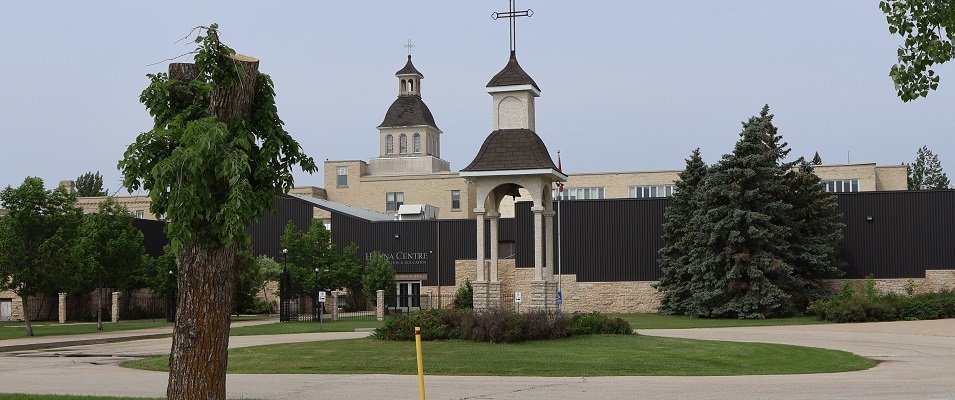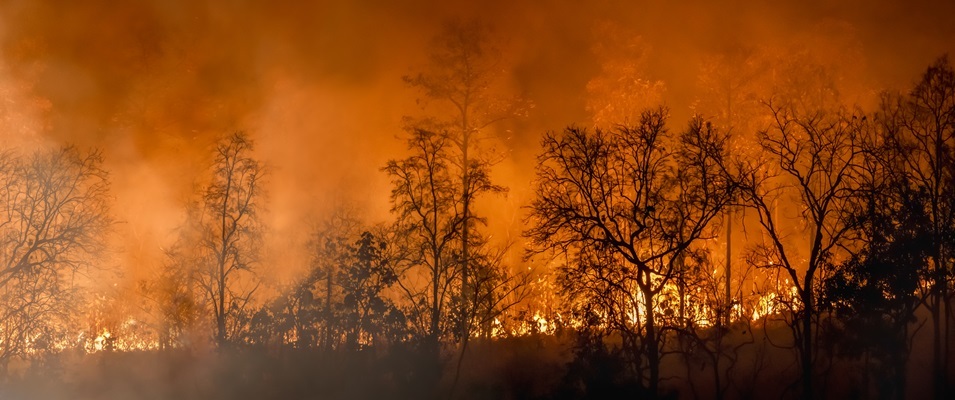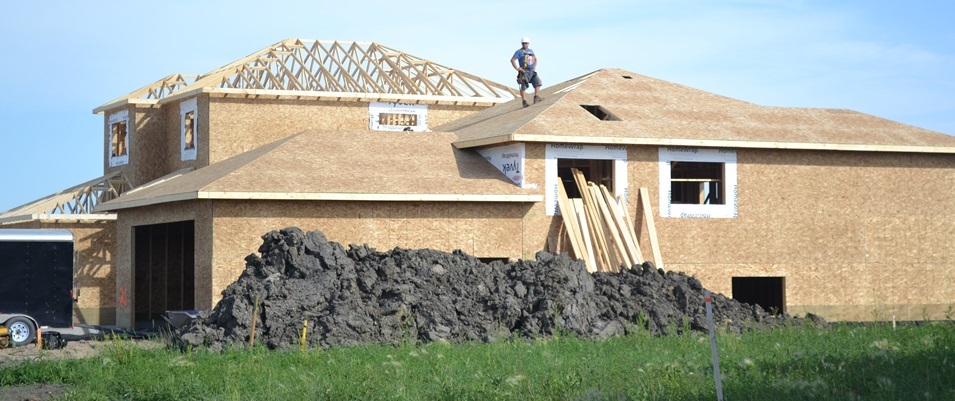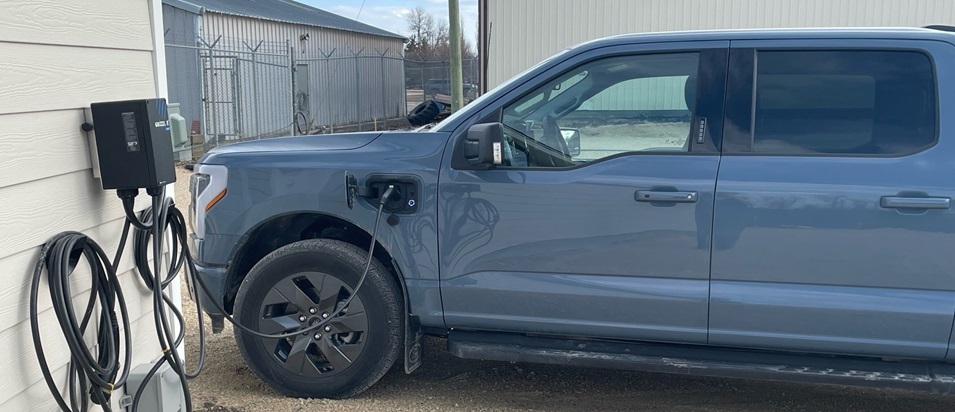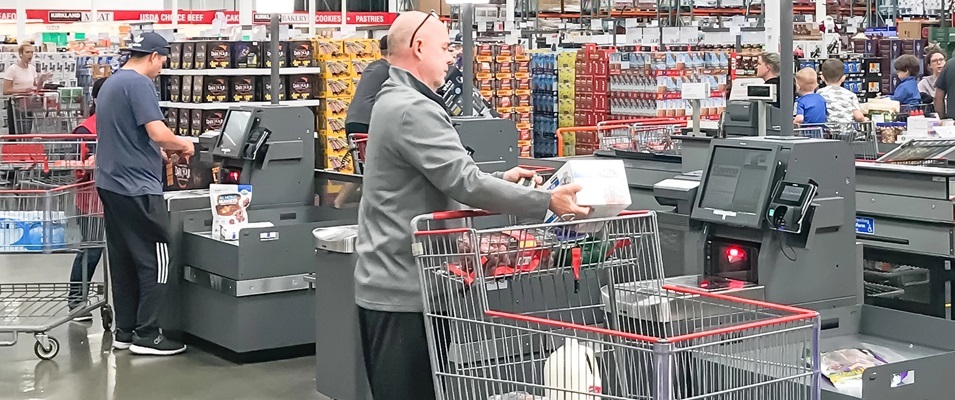
Without hesitation, the year 2022 was a remarkable one for reasons that are almost too many to name. Most notably, it brought to a close two years of mandated closures and restrictions brought on by one of the most challenging global events since World War II: the COVID-19 pandemic.
But while cautionary health measures were eased back and life more or less returned to normal for most, it quickly became evident that two years of pandemic had made an indelible stamp on the world in ways that would continue to challenge us all.
A Year of Healthcare Crises
In January 2022, The Citizen reported on paramedic burnout in our local area and staff shortages of alarming proportions.
Rural paramedics cited soaring incidences of COVID-19, an overtaxed healthcare system, and changing government protocols as some of the main reasons for the high levels of exhaustion and mental fatigue.
Perhaps as influential, though, were inside reports that rural paramedics were vastly underpaid as compared to Winnipeg paramedics, leaving the rural system crippled and without aid from Shared Health.
Just months later, the future of Manitoba’s Medical First Responders (MFRs) took a troublesome new turn as the College of Paramedics introduced a plan to change MFR training requirements to almost double the number of hours needed to pass the program.
“The proposed 300-plus hours for training could cause hesitation for new members to go out and get the training,” Niverville Fire Chief Keith Bueckert told The Citizen. “This is a huge time commitment. Our members are all trained as firefighters, too, which is already over 320 hours of training to meet the requirements for the town… All this training takes time away from family, work, and social commitments.”
And by the summer, an outcry was pouring in from doctors, nurses, and union leaders that virtually every healthcare centre across the province was experiencing unprecedented staff shortages due to burnout.
“We are told to ‘just try our best,’” an unidentified nurse wrote to the Manitoba Nurses Union. “We’re drowning, and we’re not okay.”
A Year of Weather Woes
The winter and spring of 2022 set all kinds of weather records that won’t quickly be forgotten by residents across the southeast.
According to retired meteorologist Rob Paola, 2022 turned out to be the third snowiest winter on record. Days when the high never rose above -30oC doubled that of most other years.
But windchill values became almost more relevant than those shown on the outdoor thermometer. From January through March, schools closed and busses came to a standstill seemingly over and over again due to windchills reaching -40oC and -45oC for days on end.
For rural commuters, every day left one wondering what new driving challenges they’d be met with.
“It’s been blowing snow every other day, or it’s been so cold that the highways are just like hockey rinks, just pure ice,” Niverville resident Nicole Ross told The Citizen in March. “This year sticks out as one of the worst I’ve driven in.”
For Ritchot residents living on or near the Red River, the spring thaw after all this snowfall meant one of the worst flood situations since 2009.
By early May, more than 130 evacuation notices had been delivered to residents in flood-prone areas and sandbagging efforts had kicked into high gear. Many homeowners were forced to take refuge in Winnipeg hotel rooms until the flood waters finally receded.
A Year of Unprecedented Inflation Rates
Just as temperatures in Manitoba finally began their upward climb, gas prices followed suit, giving commuters just one more reason to want to hit the snooze button and stay in bed.
By July and August, gas prices had more than doubled what they’d been prior to the pandemic. Drivers were digging deep into their pocketbooks to afford fuel, which had risen to well over $2 per litre at the pumps.
At the same time, the price of virtually every commodity was taking the same rapid upward trajectory. Phrases such as “supply chain shortages” and “food insecurity” became increasingly commonplace as 2022 reached its halfway point.
By the summer, local food banks were reporting a record spike in requests for hampers to the tune of anywhere between 20 and 40 percent.
Harvest Manitoba noted a 50 percent increase in people with jobs needing food assistance. All in all, 2022 set a 38-year record for the non-profit organization in terms of total households needing food support.
A Year of Election Shake-Ups
An October, the municipal election resulted in leadership changes in both Ritchot and Niverville.
Ritchot mayor Chris Ewen and councillors Janine Boulanger and Shane Pelletier retained their council seats by acclamation. In Ward 2, however, Jason Bodnarchuk replaced Ron Mamchuk and Joel Lemoine took the place of Curtis Claydon for Ward 3.
Niverville’s council also kept its long-time mayor, Myron Dyck, by acclamation. Following the election, councillors Chris Wiebe and Nathan Dueck remain on council while fellow councillors Kevin Stott and John Funk turned over their seats to Bill Fast and Meghan Beasant.
A Year of Growth and More Growth
In February of 2022, The Citizen reported that Niverville was not only the fastest growing municipality in all of Manitoba, but the fifth-fastest in its category across the entire country.
Ritchot, too, showed record-breaking building permit issued from the year prior, reporting an increase of 55 percent, bringing construction activity to its highest level in more than ten years.
In September, Ritchot’s council approved a promising new development in Île-des-Chênes which promised to add 164 acres of residential and commercial growth to the community. A total of 234 residential lots were proposed for the first stage.
In November, Niverville’s council made an important announcement for a proposed land annexation from the RM of Hanover that would double the size of the community’s landholdings and ensure continued growth for the town long into the future.
If approved by the province, the land transfer could add 2,600 acres to the community as well as a new commercial hub running eastward along the Highway 311 from Niverville to Highway 59.
A Year for Major Infrastructure
Construction of a new water treatment plant in the town of Niverville got underway in the spring of 2022. The $5 million project is expected to service up to 15,000 residential customers and take the community into the year 2040.
By the end of summer, another major infrastructure announcement was made involving both Niverville and Ritchot, as well as two other municipalities: Hanover and Tache.
After 14 years of planning, funding for a shared wastewater treatment plant was finally realized in 2022. The $110 million project includes a large-scale treatment plant, lift stations, pump stations, and approximately 90 kilometers of effluent pipeline running to 13 different communities in the area.
The anticipated completion date is set for 2027.
A Year of Welcoming the MJHL
Most sports fans in the area would agree, though, that the number one highlight of 2022 was the introduction of the Niverville Nighthawks, the newest members of the Manitoba Junior Hockey League (MJHL).
After years of planning and dreaming, and following the completion of a new NHL-sized home rink in Niverville, the newly formed Nighthawks played their inaugural home game on September 17 to hundreds of cheering fans.
“Whenever you’re doing something like this for the first time, giving people opportunity to get behind a team they don’t know, it’s always a challenge,” Nighthawks president Clare Braun told The Citizen at the opening home game. “It’s going to take a little while to build that sense of camaraderie with the fans, but I think that’s going to happen soon.”
Before the year was through, the Nighthawks had built an impressive following of local fans and season ticket holders that have helped fill the stands for just about every game they’ve played.






